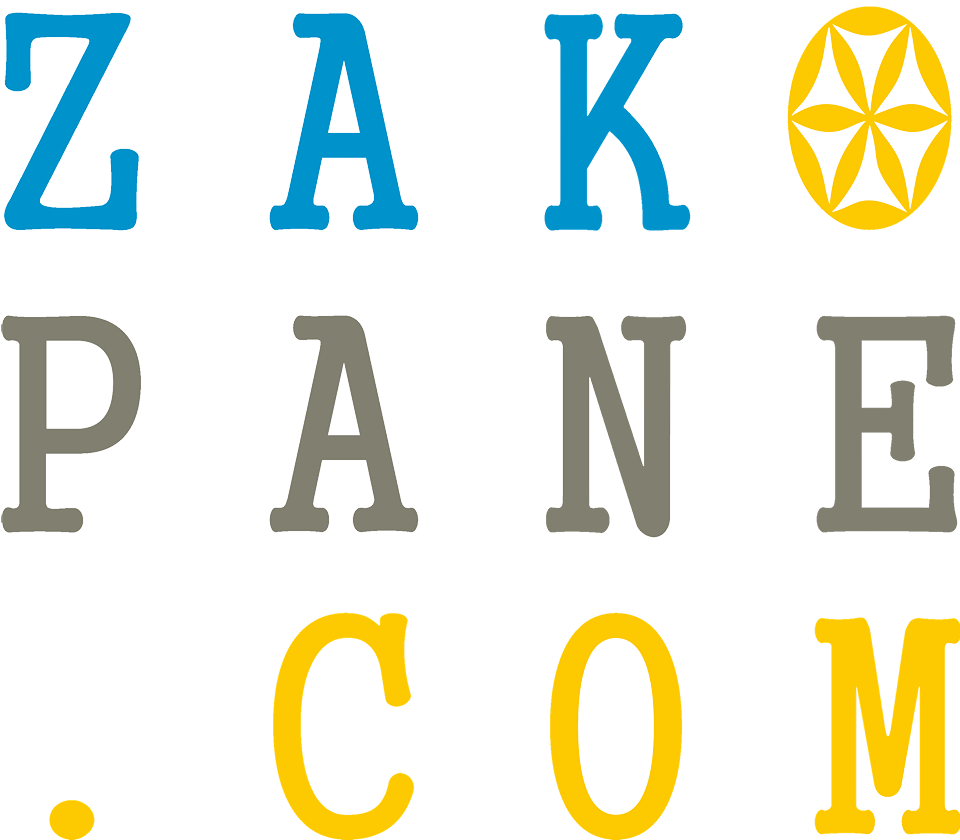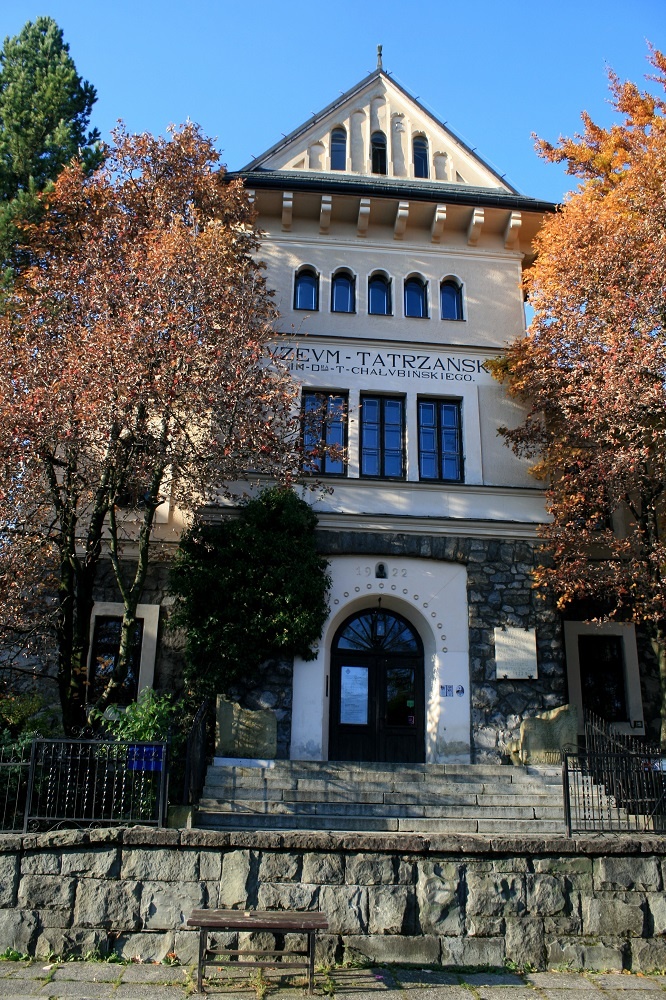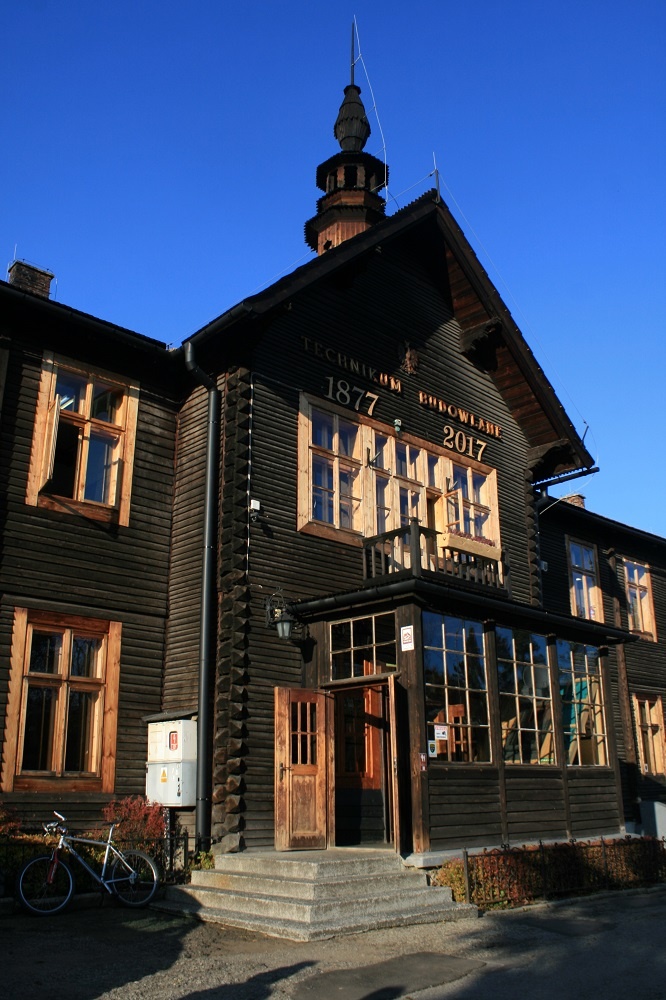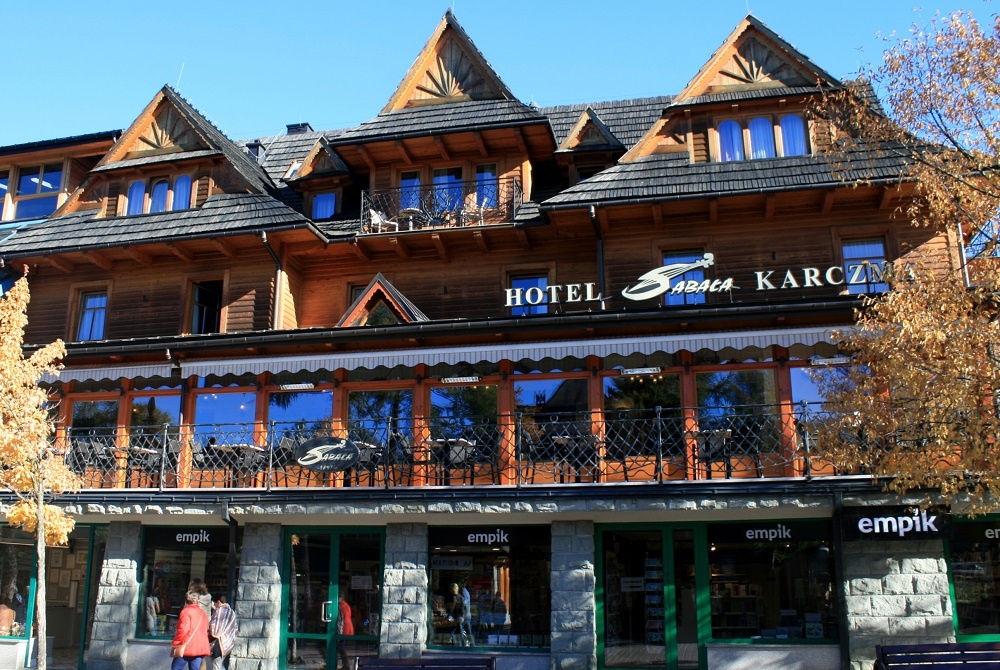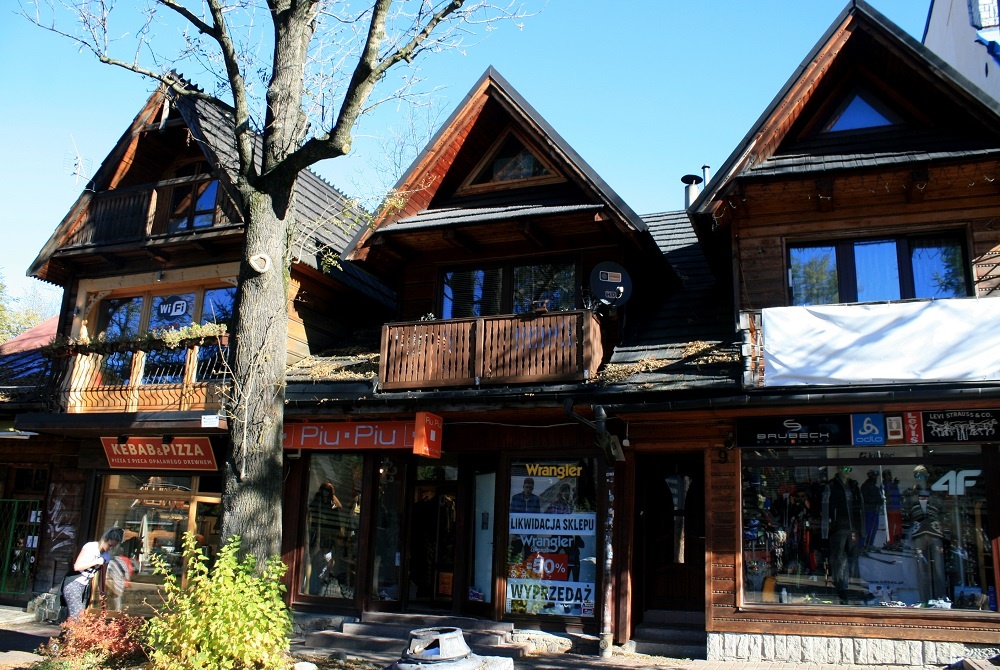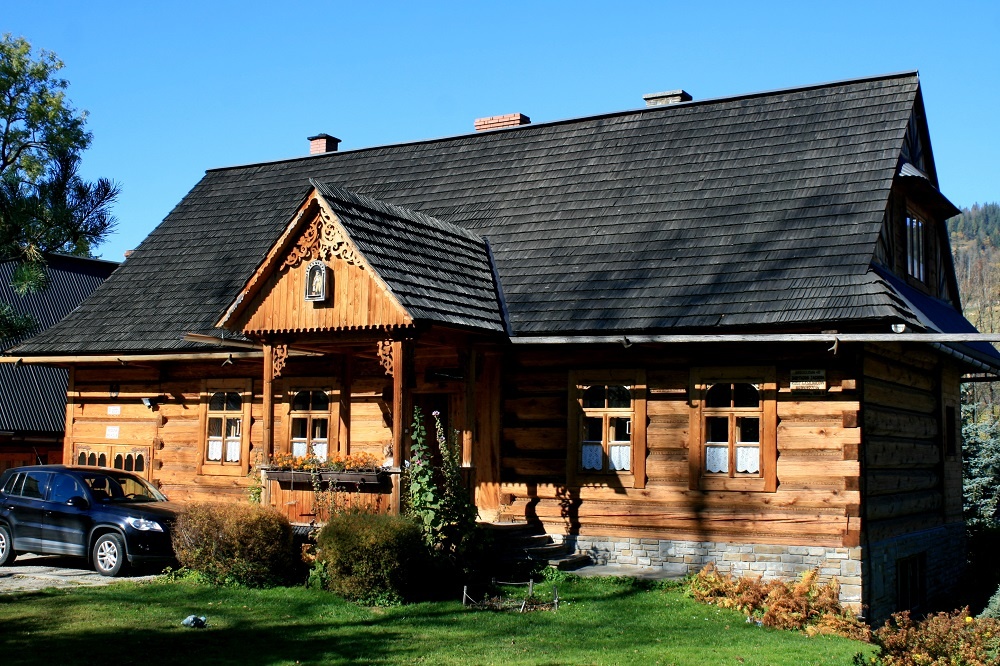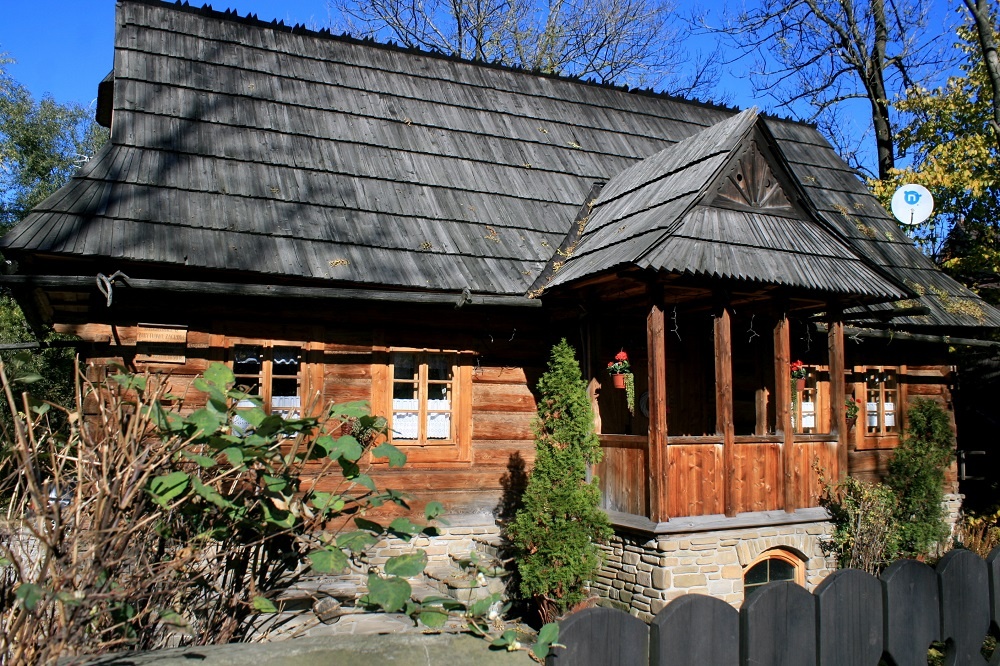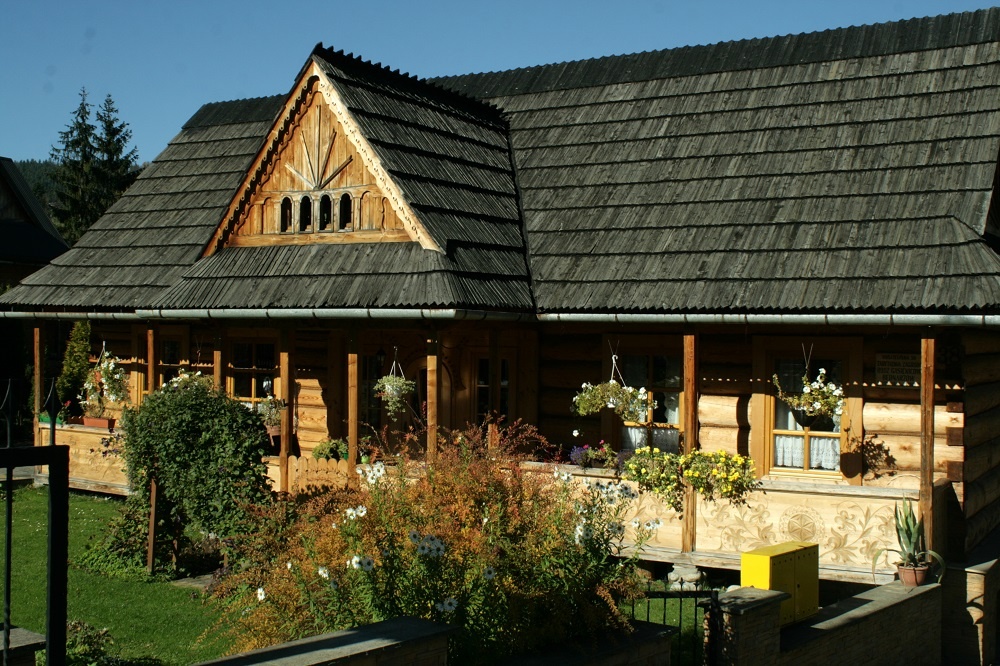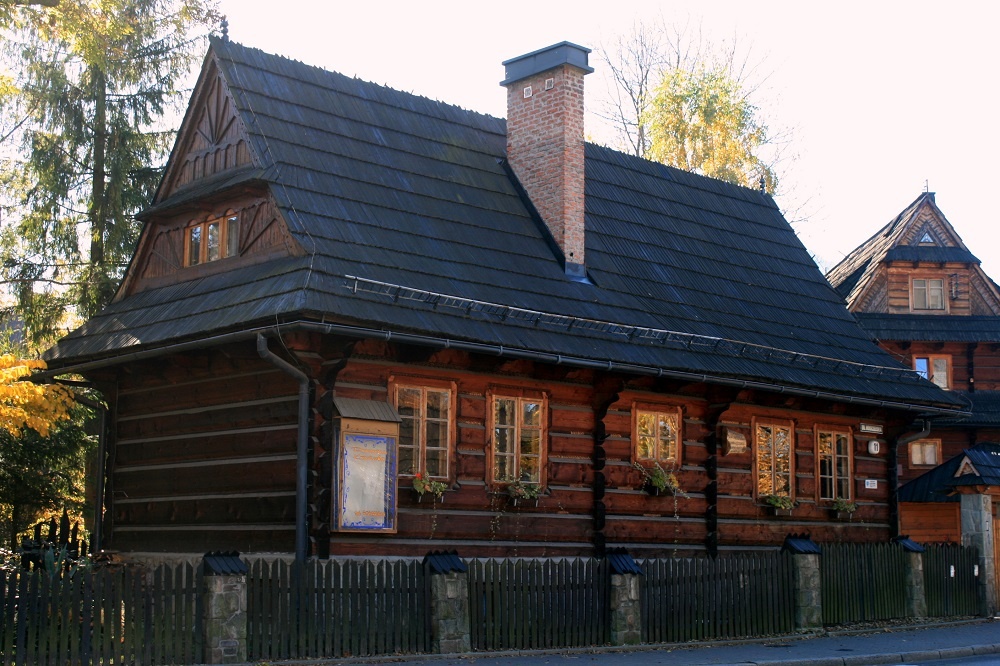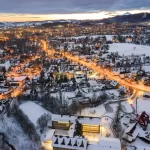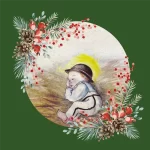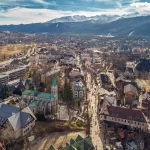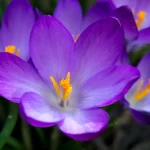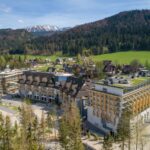History walk in Zakopane – Krupówki and Kościeliska Street
Zakopane offers more than Krupówki Street: ski slopes, ski jump, cable car to Kasprowy Peak and Tatra Mountains. The town has its unique history and very unique people. What about a nice walk and learn about Zakopane’s interesting history? We will suggest to you many history walks’ trails. The first one is a walk through Krupówki and Kościeliska Streets. We’ll spend nice, active and interesting time. Let’s go!
Route: Krupówki Street-Kościeliska Street-Powstańców Śląskich Street-Kościeliska Street
Time: 60-80 minutes
[huge_it_maps id=”4″]
Probably, most of you already had an opportunity to stroll along the most popular Krupówki Street. But this time this walk will be different – we’ll try to notice not only shops’ expositions and restaurants’ small gardens, but also the history, hidden under shops’ banners or beside them. We’ll visit the oldest Zakopane’s street, with historic highlanders houses and a church, that has a special meaning to local people.
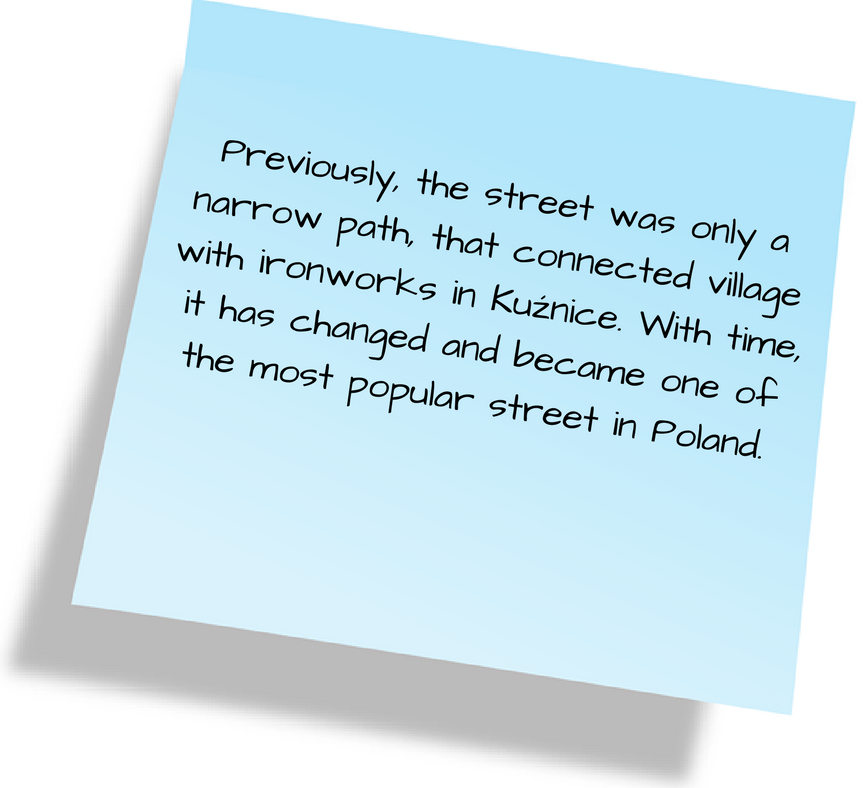
Kurpówki Street
We begin our walk in the upper part of Krupówki Street, next to the big bank building. The first characteristic building is a wooden villa (on our left) with specific architecture. It’s villa Poraj, built in Swiss style and at the end of XIXth. It was a pension and after the World War II it was transformed to private apartments. The restaurant located downstairs was used for the movie Man of Marble, made by very well known Polish director Andrzej Wajda. Now, there are shops in the building and a restaurant. Further beyond the villa Poraj, a little bit hidden, there is a Kasprowy Wierch Hotel, that in XIXth century was a sanatorium.
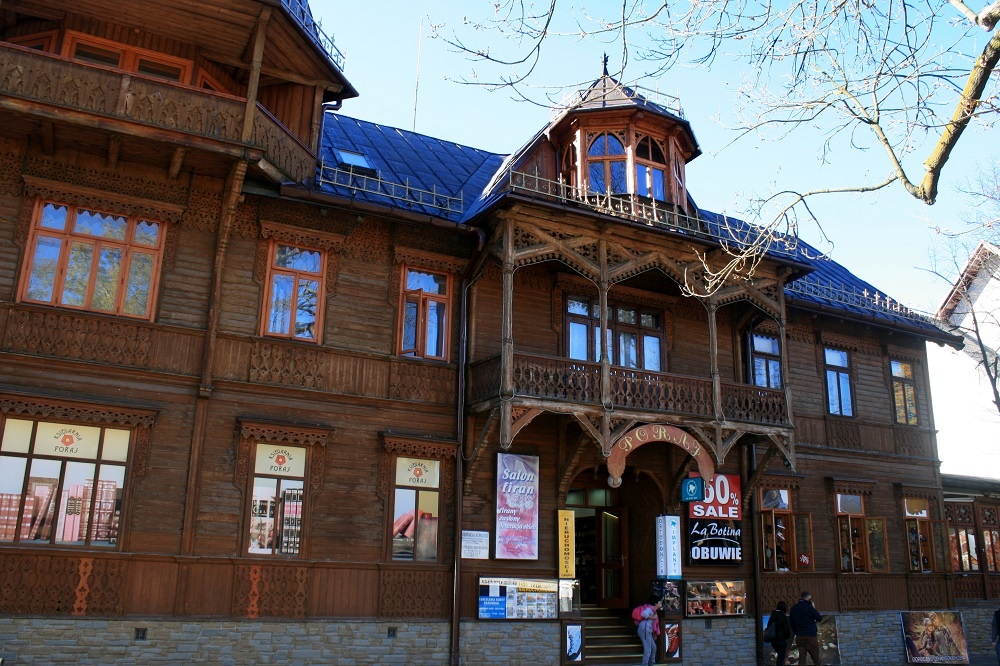
Below, on our left, there is a building of Polish Cable ways, which began their history with building a cable car to the peak of Kasprowy Wierch in 1935. Than we come to a water pond. From here, there’s a beautiful view of Giewont Peak, so you can take some photos.
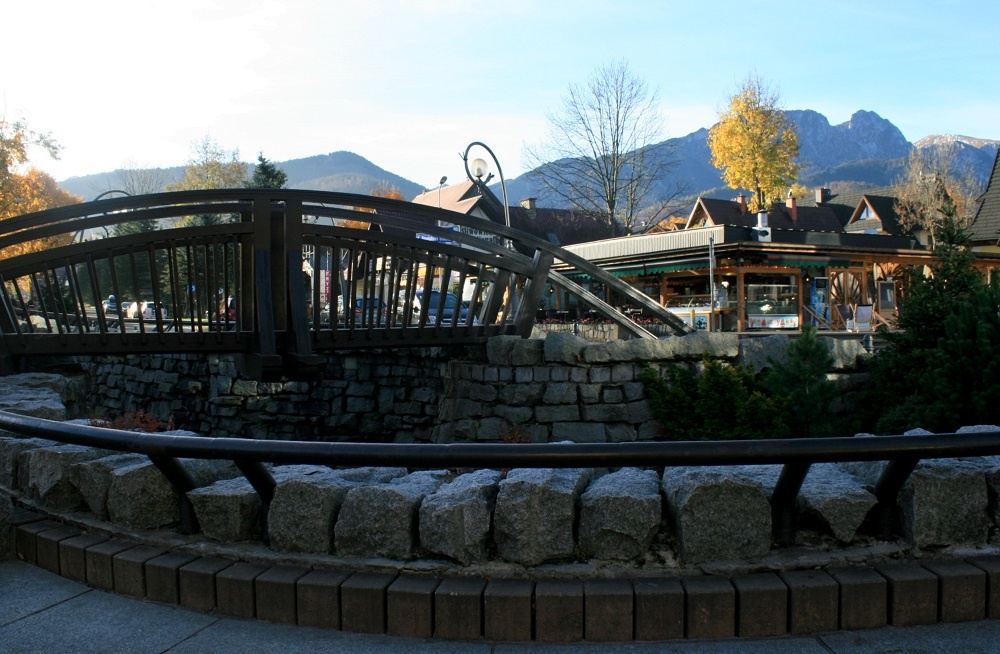
A little bit further, to our left, there’s a white tenement Bazar Polski (Polish Bazaar). On the first floor, there were exclusive stores (with apples from California and live pheasants!), electric shop and jeweler. At the beginning of XXth century, on the second floor, there were exhibitions of excellent artists from whole Poland, and in XXst century, this floor has been transformed to Art Gallery, which we can visit today.
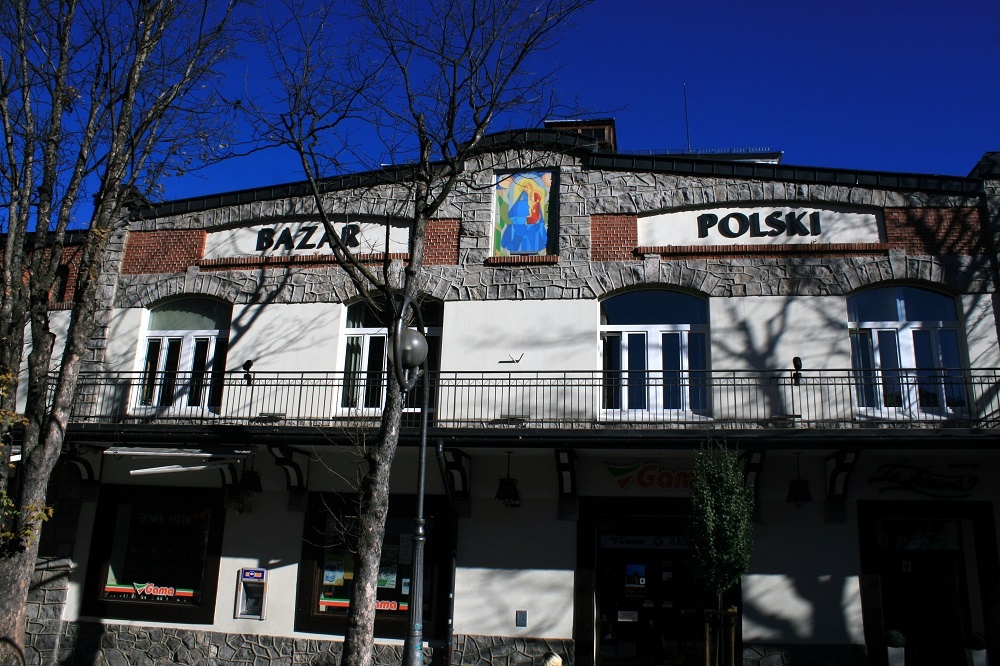
On our left, there is the Morskie Oko building – former European style hotel, it used to have very popular theater, where stared the best Polish actors, musicians and composers. Now, there’s a popular disco club and some shops.
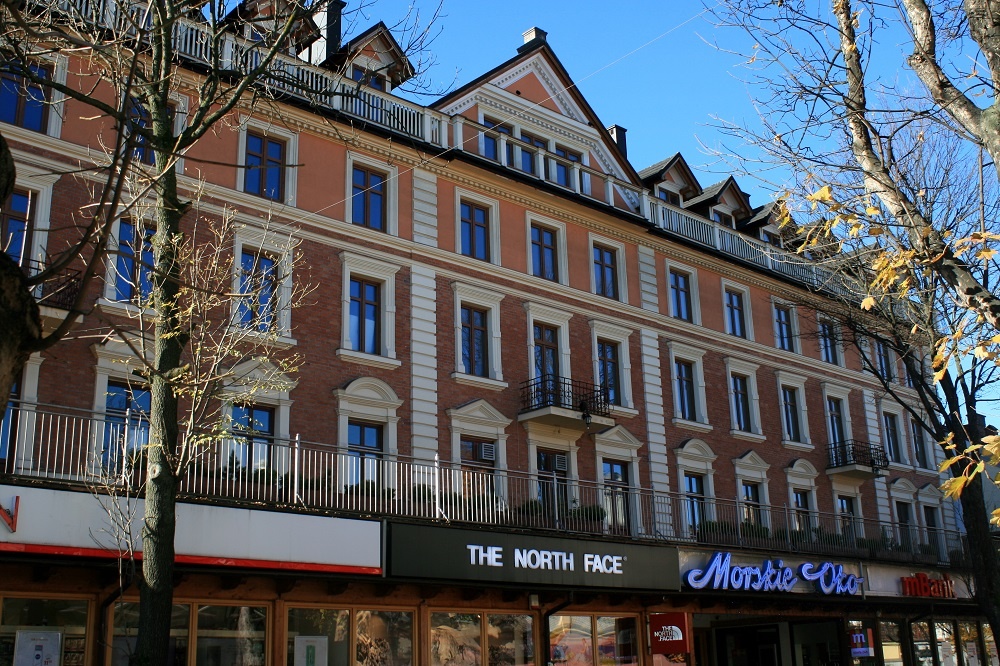
It’s worth to raise your head up to note the upper part of tenements, located on the opposite of Morskie Oko. Their elevations have decorative trims, gypsum molding and forged balustrades, that are very characteristic for secession, which in Zakopane had a little bit different character, called the secession of Kurpówki Street.
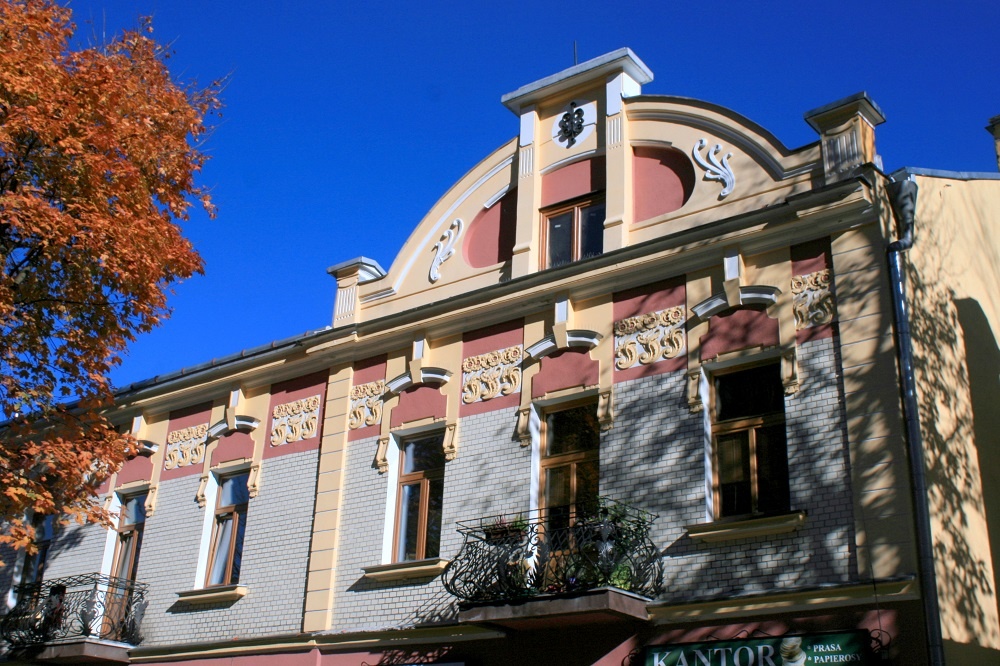
A little bit lower, also on your left, in a place, where now is the Stek Chałpa restaurant, there was a first sport shop of Andrzej Góraś – one of the founder of Tatra Volunteer Search and Rescue in Tatra Mountains.
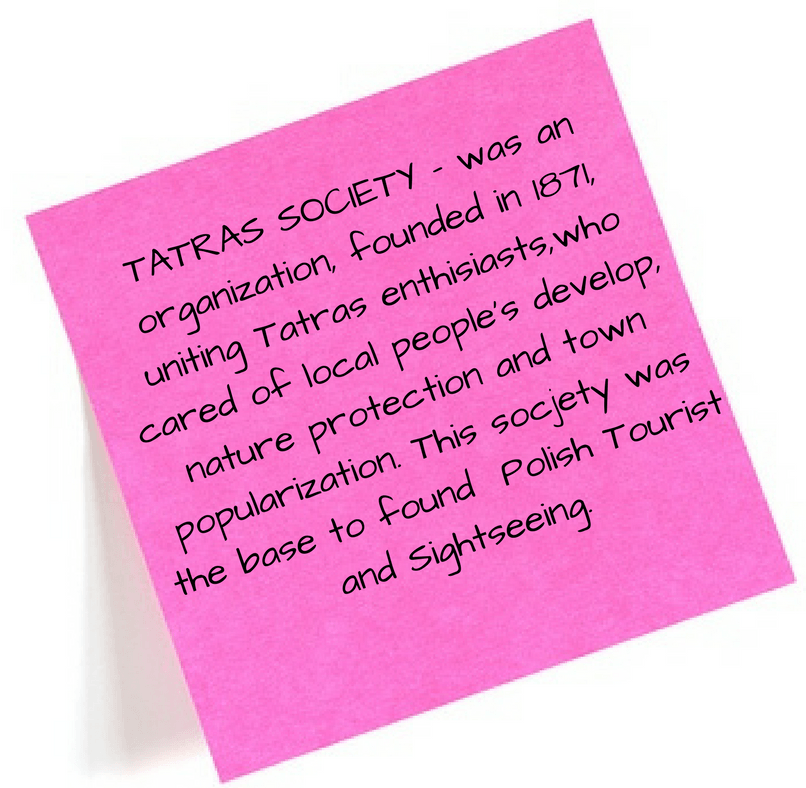
When we go further, on our left side there’ll be a small bridge we can walk over it. Then, on our left, there’s a grand building of former Tatra Court of Polish Tatras Society. In XXth century, this building was a place of artists’, scientists’ and alpinists’ meeting, now here’s the residence of the Polish Tourist and Sightseeing Society management.
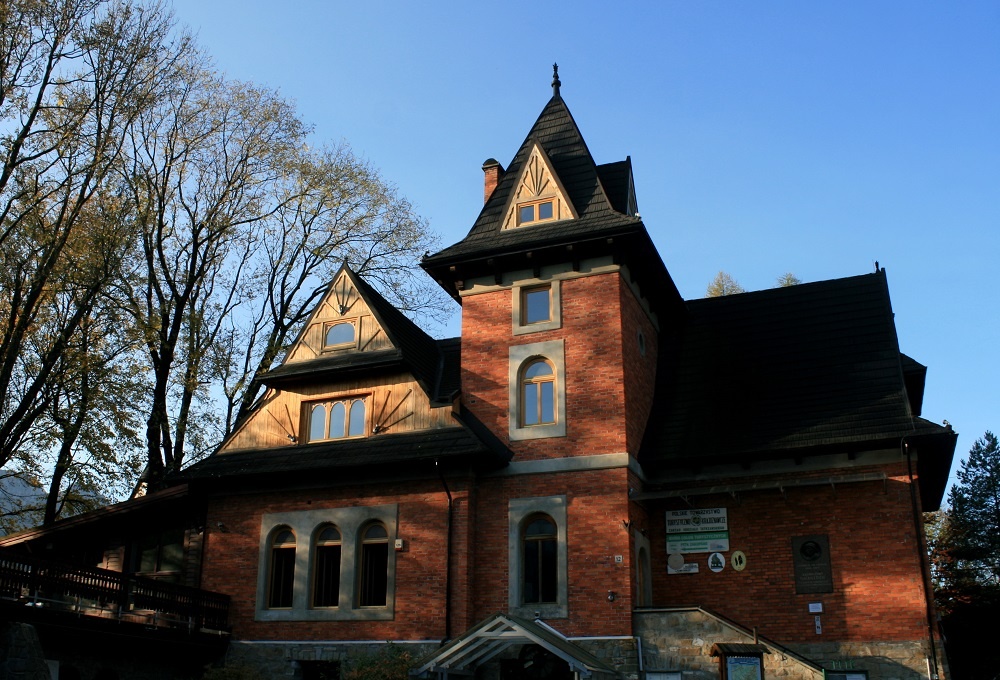
On our right, a little bit hidden behind trees, there’s a building of Tatras Museum, where we can find lots of information about Tatra Mountains, their fauna and flora, Zakopane’s history, culture and everyday life of local people. Beside the museum is a wooden building of the oldest vocational school in Zakopane, founded by Tatra Society. Pupils studied woodworking, sculpture and building consruction.
- Tatras Museum
- The buliding of vocational school
Going back to Krupówki Street, through the small bridge, on the opposite side, we can see a wooden hotel and restaurant Sabała, a former pension Staszeczkówka with billiard room, tennis court and a station of horse carriages. A little bit lower, on the left, there is the oldest house on Krupówki Street, that was the first pension in Zakopane.
- Former pension Staszeczkówka
- The first pension in Zakopane
Further, on our right, we’ll see a Shrine of the Holy Family. It’s worth to see the inside of the church, where Zakopane’s architecture style, art deco and barocco styles are combined.
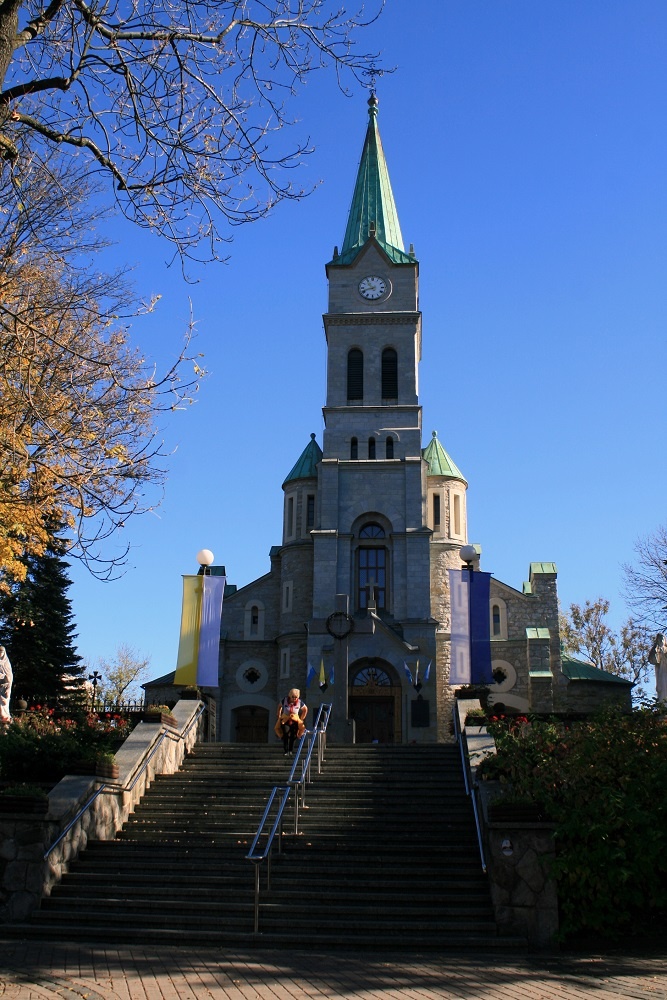
Next to the church, where Krupówki Street is ending with underground passage, on the corner on our right, we can see the oldest hotel in Zakopane, opened in 1885. Now, there’s a restaurant in this building.
We leave the Krupówki Street and we turn left to Kościeliska Street.
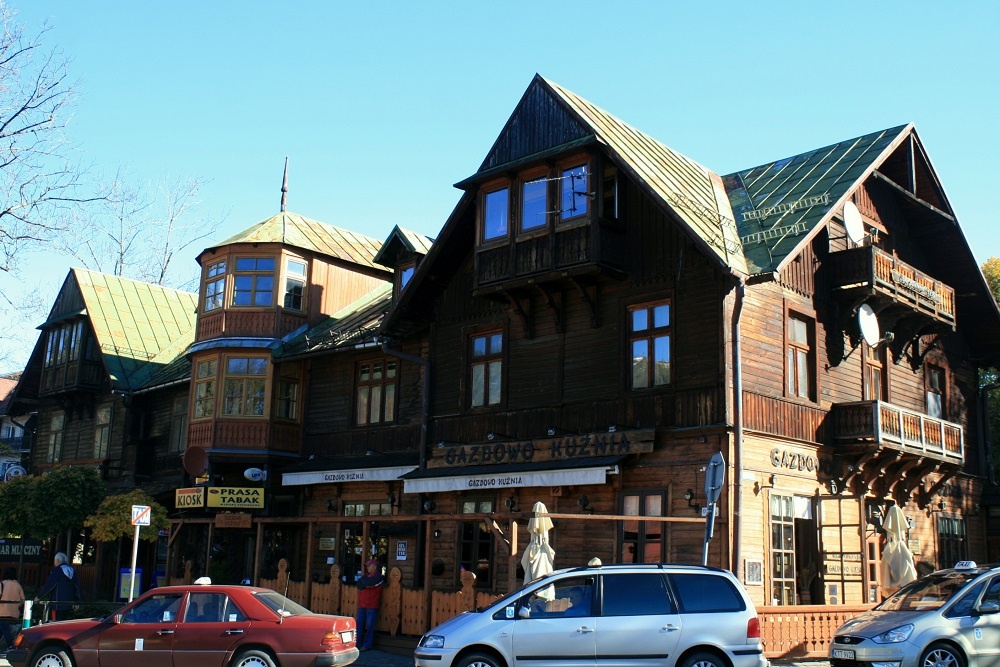
Kościeliska Street
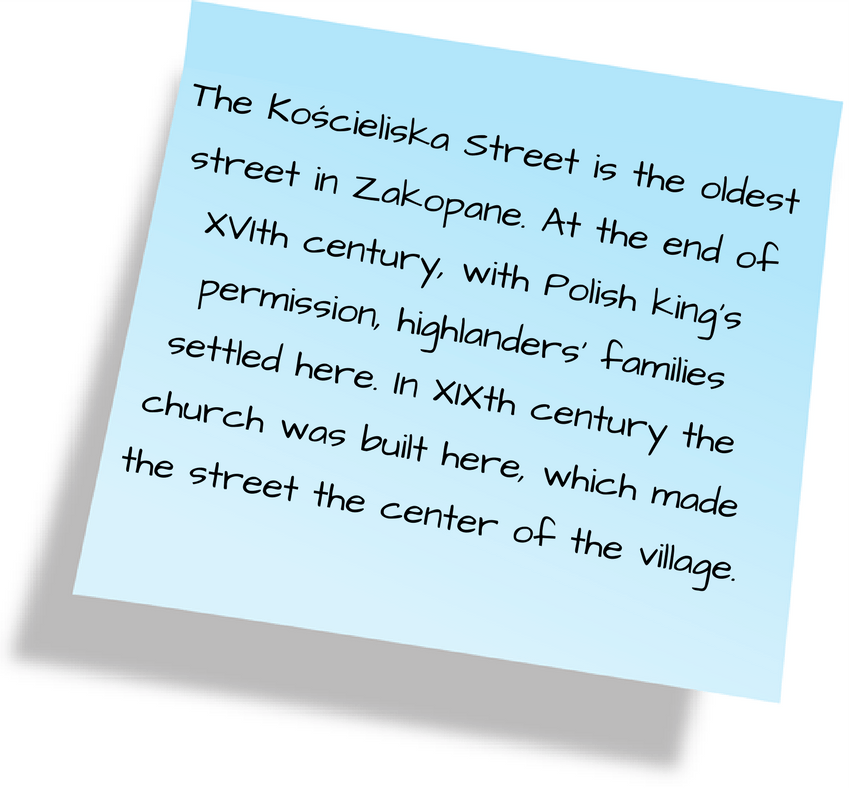
The Kościeliska Street has been designated as an open air museum because of the very old wooden homes, each of them is a museum exhibit. On our right, there’s an entrance to regional market and road to Gubałówka Hill Funicular. But we go straight forward, and at the beginning of the street we’ll pass several beautiful wooden buildings in local architecture style.
A little bit further, on our right, there’s, already mentioned, wooden church, known as „the old church”. It was built in XIXth century and, despite of several renovations, the church kept it’s character: folk paintings, wooden sculptures, glass painting pictures. But before the church was built, there was a small chapel established by one of the biggest highlanders’ family, Gąsieniców. Next to the church, there is a historic cemetery. Until the beginning of XXth century, everyone was buried here: local people and tourists who died in Zakopane. But later, only known and deserved people were buried in this cemetery. There are a lot of graves of poets, artists, writers and actors.
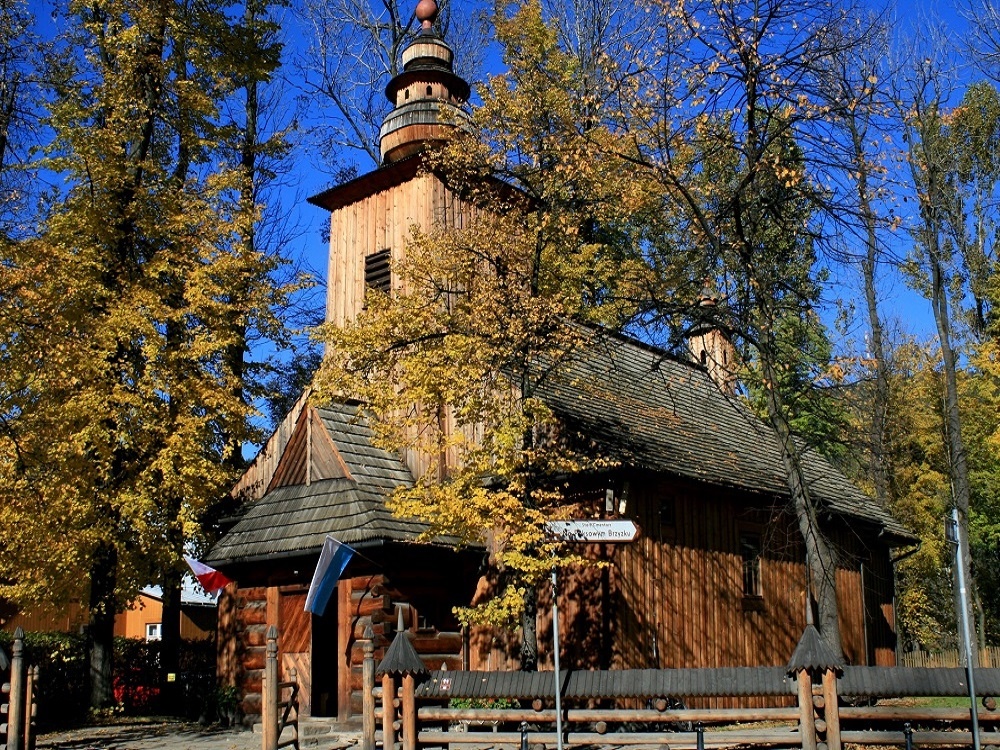
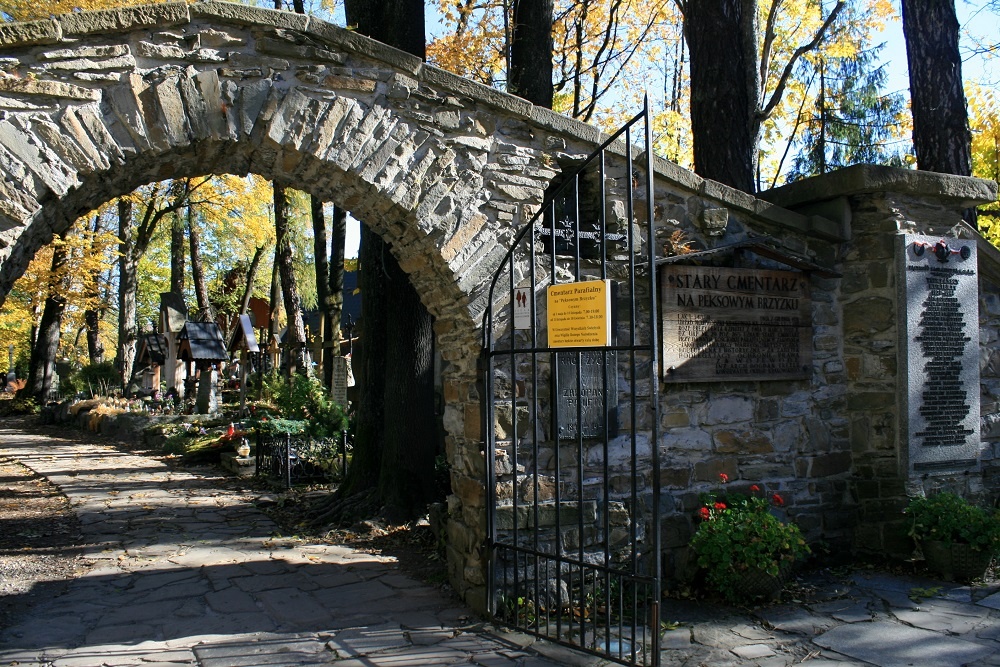
Not far away from the church, there is one of the oldest buildings in Zakopane, restaurant U Wnuka (Grandson’s restaurant). Previously, there was the first shop in Zakopane ever, restaurant and a post office. It was the first center of cultural life in Zakopane.
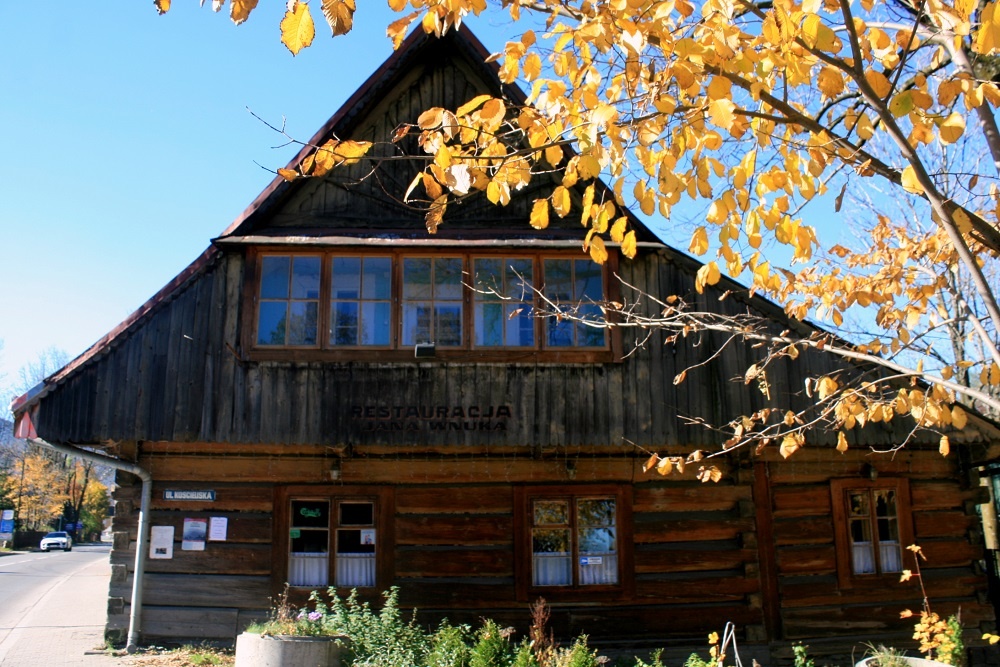
Behind the restaurant, there’s a line of historic highlander’s huts. Majority of them are now renovated, but they still do have their unique highlanders’ style.
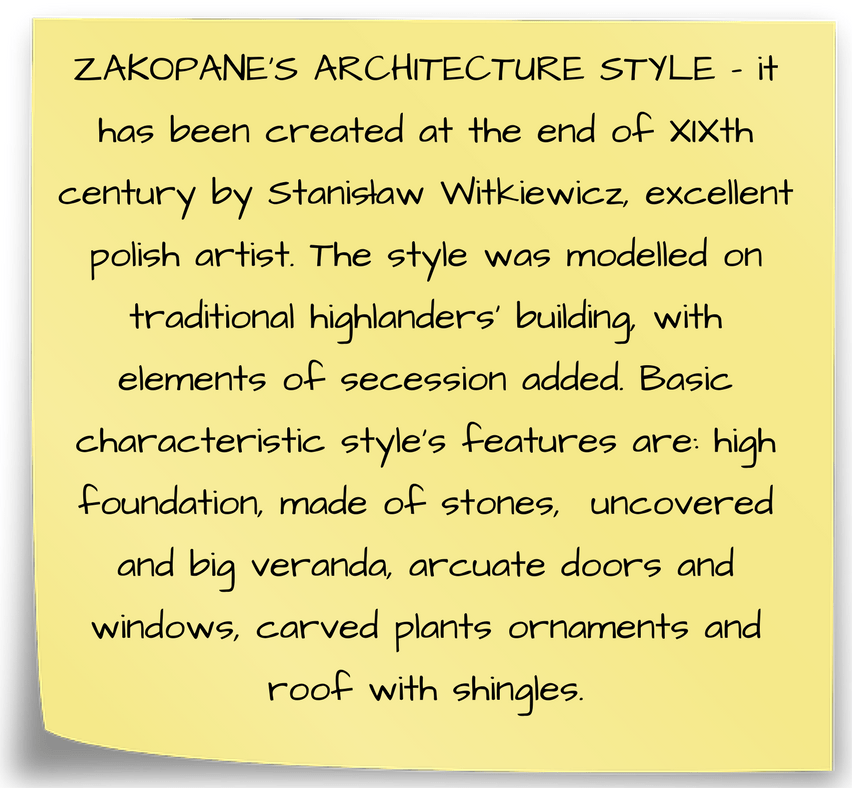
On our right again, we can see a small bridge, that leads to the first villa in Zakopane’s architecture style, made by Stanisław Witkiewicz. It’s called Willa Koliba (previously Koleba, in highlanders’ dialect it means the shepherd’s hut). Now in this willa there’s a Museum of Zakopane’s Architecture Style.
A little bit further, on our left, there’s a big building, that now is the Art School. Previously here was a pension, where foreign tourists usually stayed.
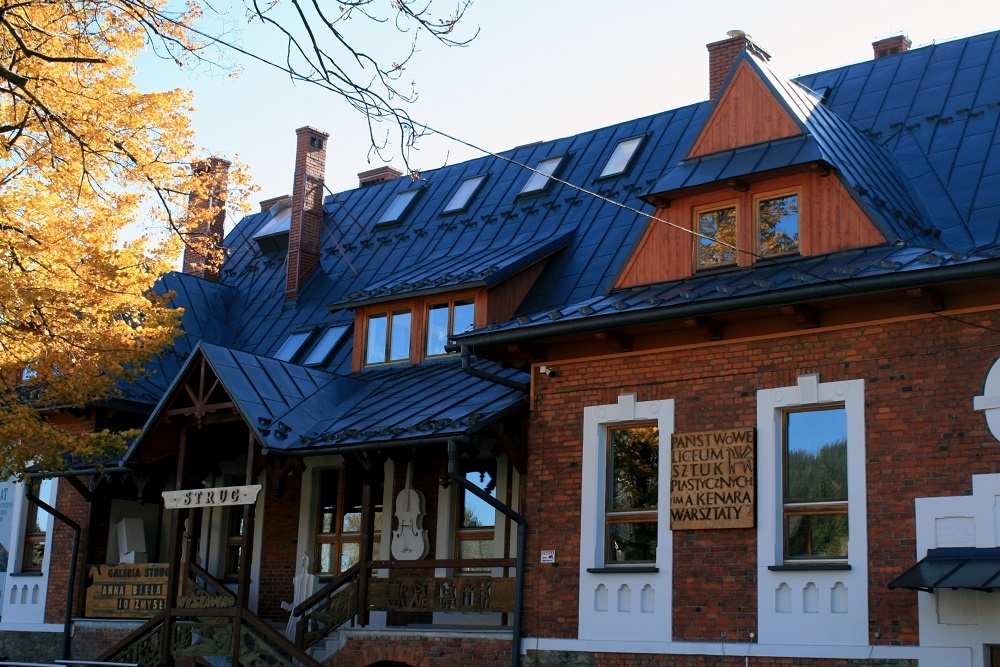
On our right, we’ll see a small highlanders’ house. This is a Tatras Museum’s department. Behing this building, our trail leaves the Kościeliska Street and turn right in Droga do Rojów Street.
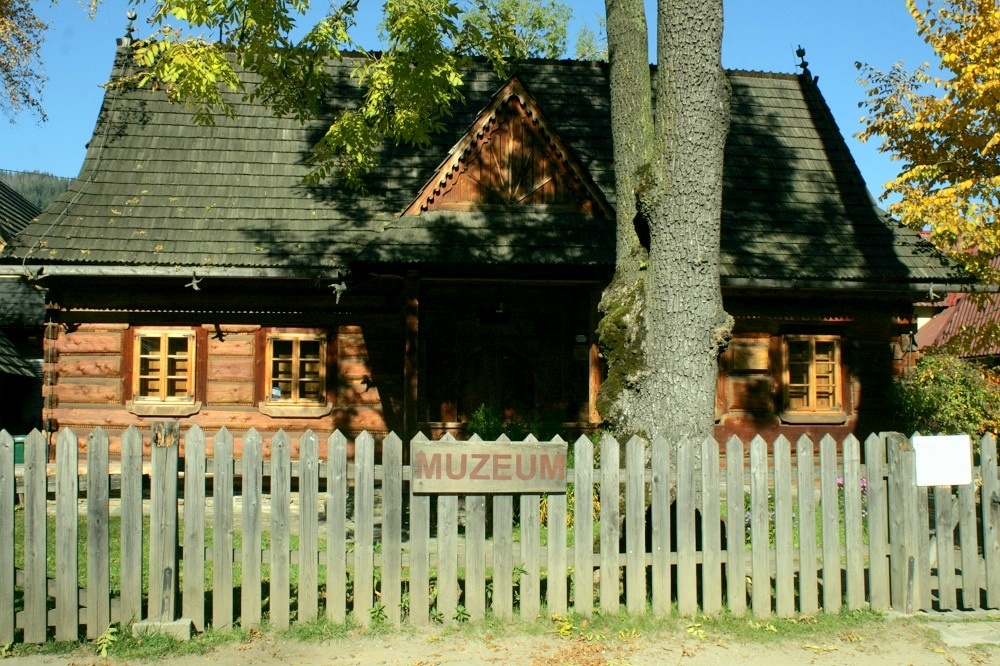
‘The Church on the Hill’
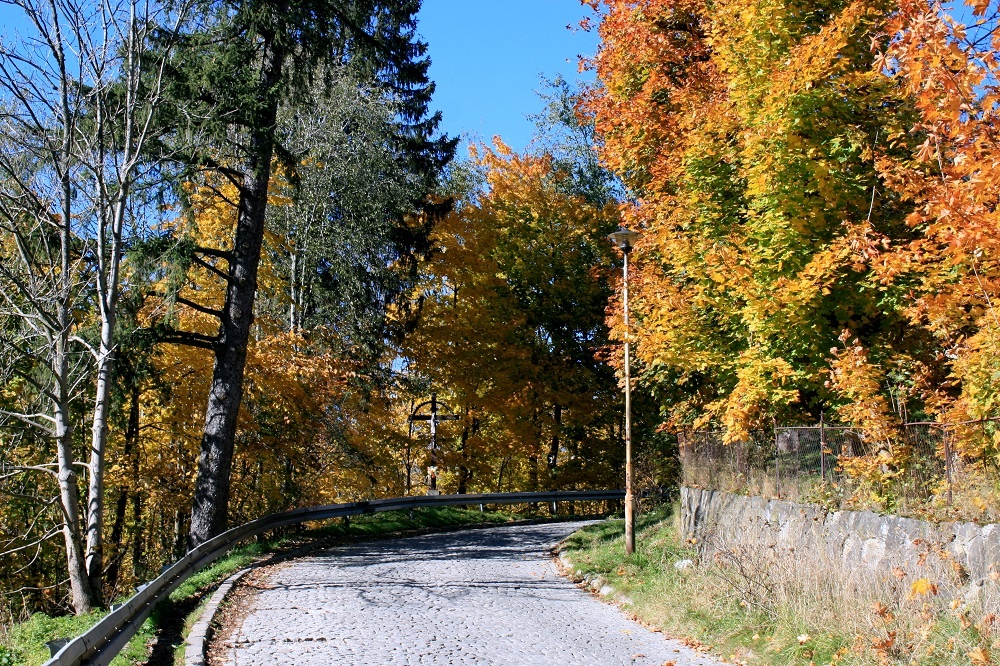
We go straight forward and on our left, there will be a steep road Powstańców Śląskich. On our left, there’s a big building of Hotel Kasporwy, but we go to the other side of the street and turn right in the direction to city center. On our right there’s a beautiful Tatras panorama, and after another few minutes we come to Kaszelewskiego Street (on our left). The road goes up to low hill, where the church of Society of Jesus is located. It’s called ‘The Church on the Hill’ and it’s very special to local people: it’s helping some highlanders with alcohol or cigarettes addiction. When they come here, in special book they write a promise not to drink or smoke for some period of time (week, month, year, etc.) and they swear it to the Mother of God as well. Those promises helped not only one highlander to quit drinking alcohol or smoking.
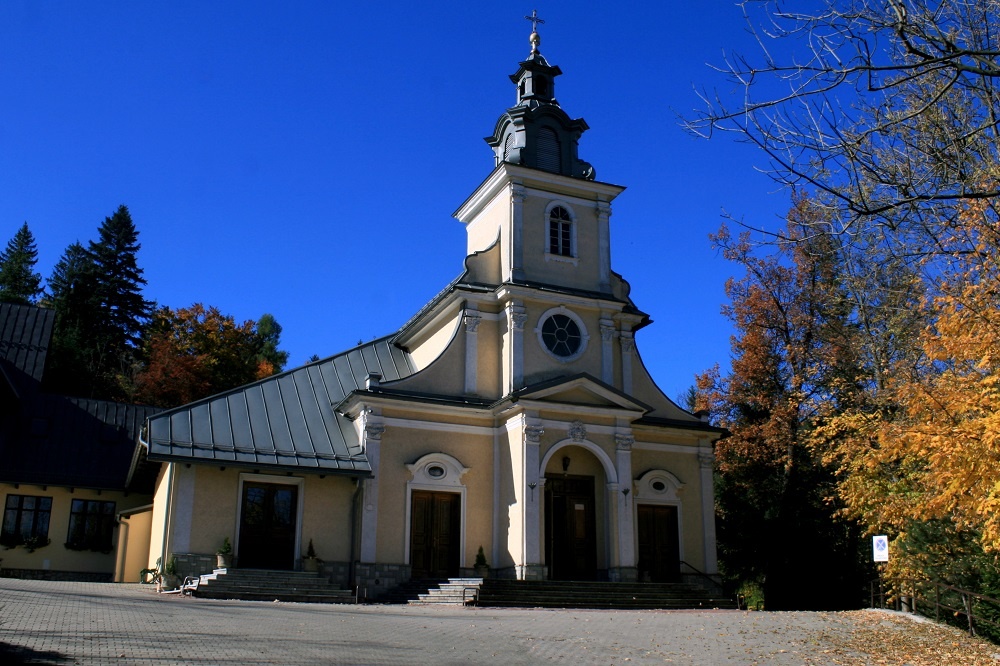
From here, we can go Powstańców Śląskich Street to the city center or walk down Kaszelewskiego Street to local market and the beginning of Krupówki Street.
At this point our first history walk in Zakopane ends, but we invite you to read other history walk articles:
https://zakopane.com/en/history-walk-in-zakopane-ski-jump-and-cable-car-kasprowy-wierch/
Let us know, if you’ve seen the monuments presented in this article, what do you think about this trail and what’s more you wish to read about and see!
Please share your opinion in comments!
‘
